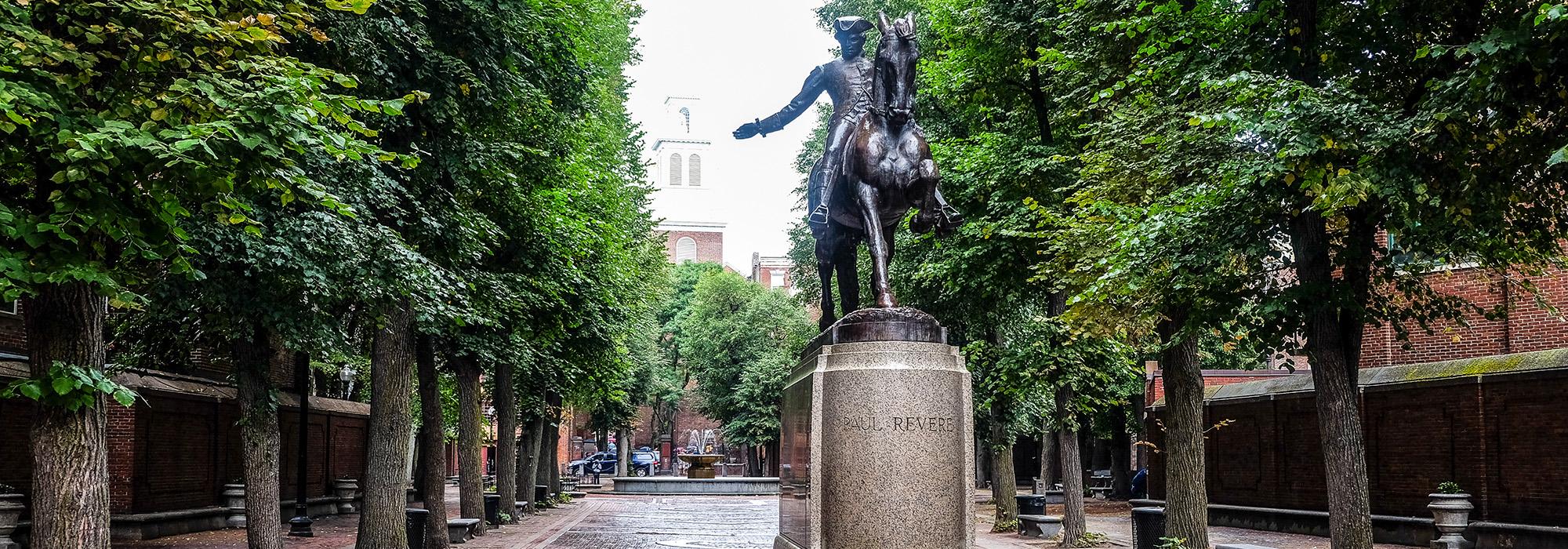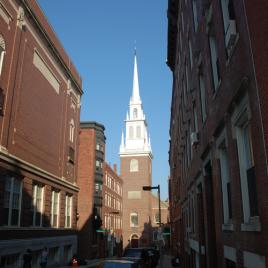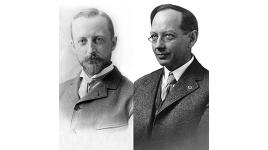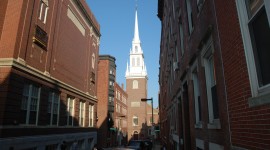Pioneer Information
Born in Boston, Massachusetts, Sturgis attended St. Paul’s School in Concord, New Hampshire, and graduated from Harvard University in 1881 with a B.A. in Architecture. He took a job at the office of Sturgis & Brigham (his uncle John Hubbard Sturgis being one of the partners). In 1884 Sturgis departed for London and began working at the office of Robert William Edis. Sturgis returned to Boston in 1886 to take over his uncle’s practice. After his uncle’s retirement in 1887 he partnered with William Robinson Cabot in the firm of Sturgis & Cabot from 1888 to 1893. From 1902 to 1907 Sturgis practiced with George E. Barton as Sturgis & Barton. From 1907 until his retirement in 1932 he practiced independently.
His project work includes the Benjamin Franklin Institute of Technology in Boston (1908), the Perkins School for the Blind in Watertown, Massachusetts (1909-1912), the restoration of the Old North Church in Boston with his associate Henry C. Ross (1912), additions to the Massachusetts State House with architects William Chapman and Robert Day Andrews (1913-1917), and the North End Project in Bath, Maine (1918). Sturgis also took residential commissions, more notable clients consisting of banker J.P. Morgan, Jr., Senator Hamilton Fish Kean, and Wall Street Journal editor William Peter Hamilton. Sturgis also occasionally designed landscapes for his buildings, an example being the Robbins Memorial Town Hall in Arlington, Massachusetts (1913) and the adjacent Winfield Robbins Memorial Garden, which was redesigned by Olmsted Brothers in 1939.
Sturgis served as President of the American Institute of Architects (AIA), becoming a Fellow in 1891. He contributed many articles to architectural publications, primarily concerning English gardens and houses and the administrative aspects of professional practice. Sturgis died in Portsmouth, New Hampshire, at the age of 90 and was buried in Forest Hills Cemetery in Jamaica Plain, Massachusetts.








